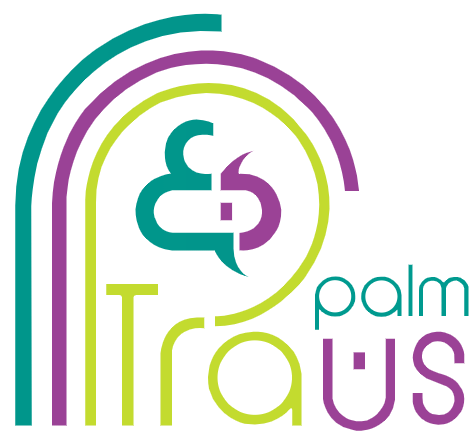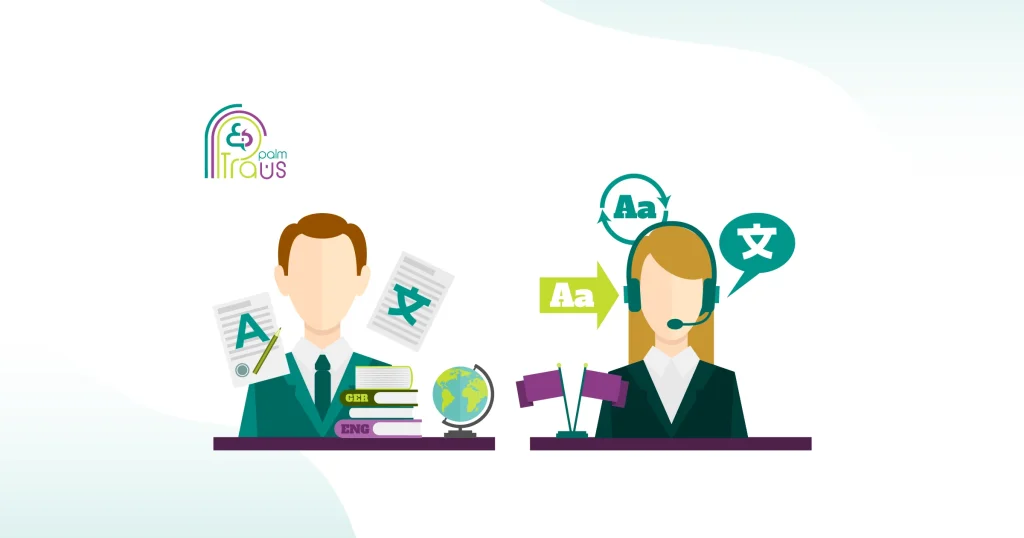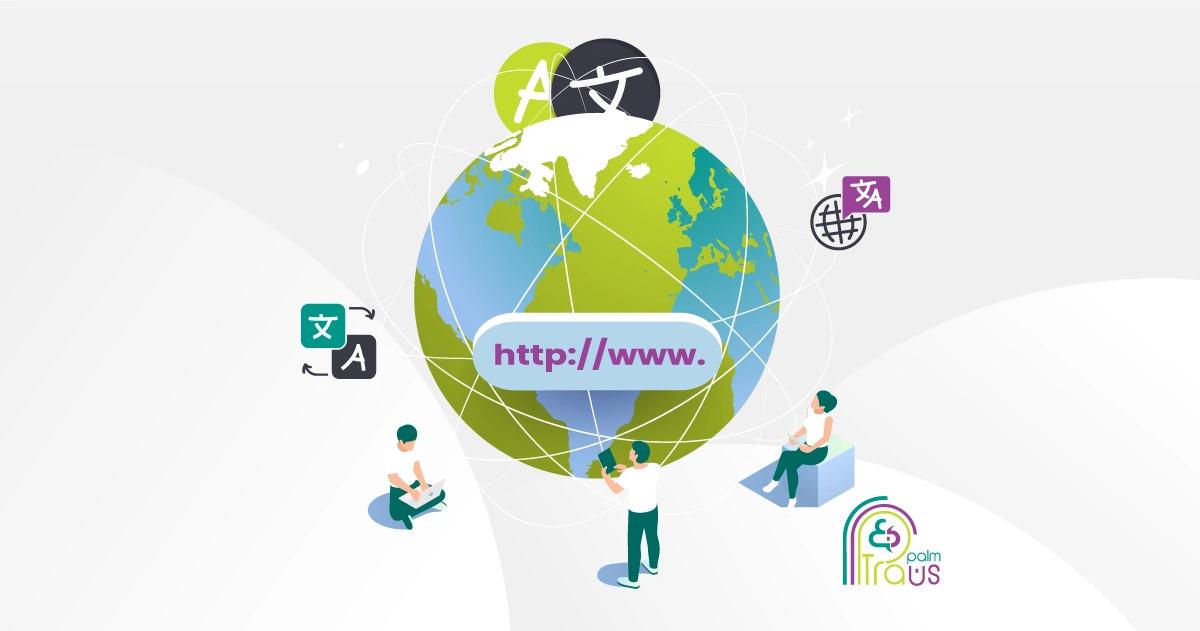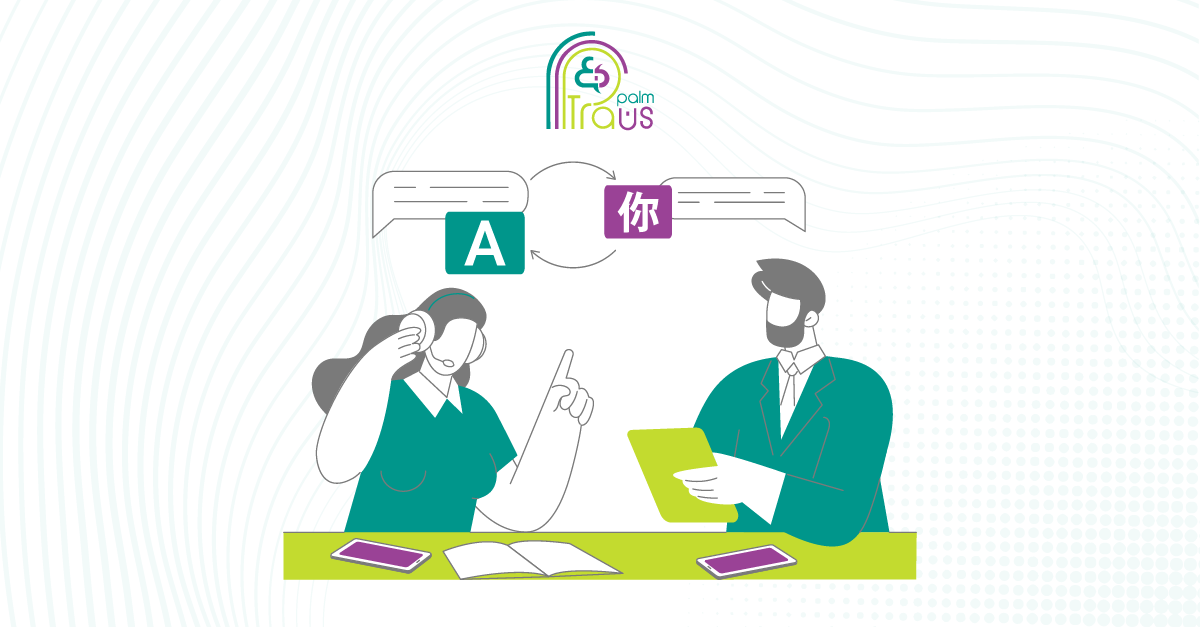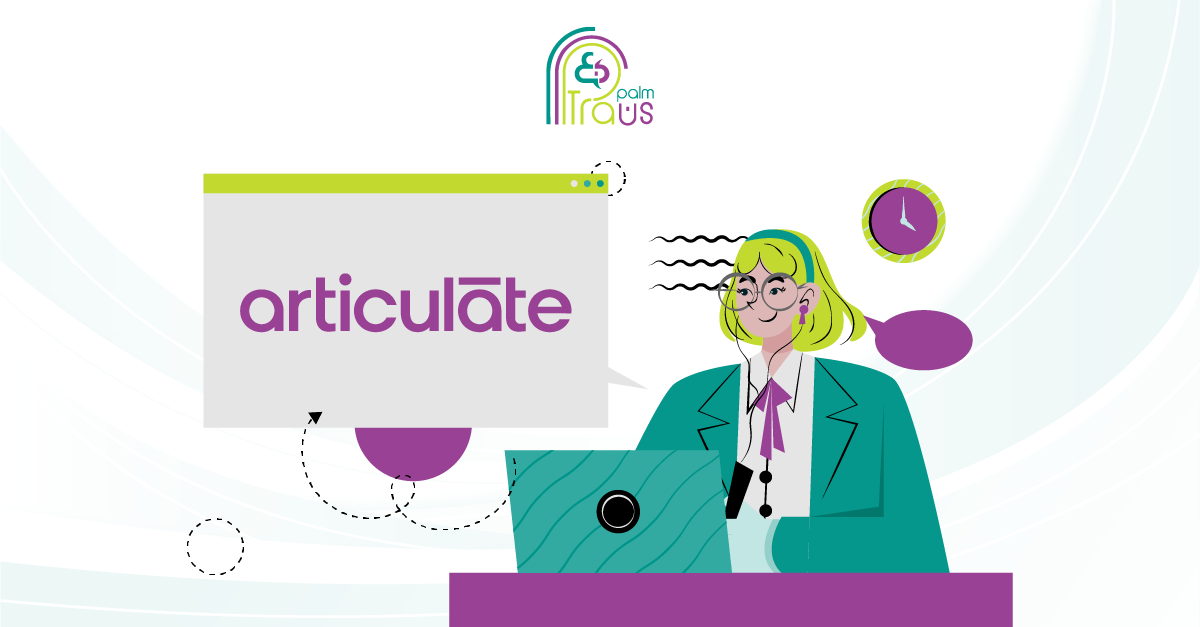Effective multilingual communication is more important than ever for the interconnected business world. That’s why both interpreting and translation services are needed to facilitate communication between parties.
A common question that may come to mind is, “How are interpreting services different from translation?” Many people frequently use these terms interchangeably, which increases confusion. However, while both involve language change, they are two different processes that require a set of specialized skills.
But how do you know which service you need for your business, and what are the differences between them? In this blog, let’s discover the distinctions between the two professions: translator vs interpreter. Keep reading to find out!
What Does a Translator Do?
- Translators Work with Written Documents
Professional translators always handle written text, such as documents, books, websites, and other materials. They specialize in translating the written word from a source language into a target language.
- Accuracy and Nuance
Translation services require a somewhat high level of precision. This is far more than simple word-for-word substitution. It involves capturing the tone, style, and meaning while considering the cultural and linguistic nuances of the original text to maintain the document’s integrity.
- Specialization and Expertise
Given the diversity of industries, professional translators often focus on specific subject areas like legal, medical, and technical because each specialty has its own complex knowledge and terminology to deliver the meaning correctly.
- The Role of Technology
Perhaps the key distinction in this profession, then, lies in the fact that most professional translators use translation tools and advanced technology in their work. Translation tools such as machine translation, translation memory (TM) management, and computer-assisted translation (CAT) software help manage overall translation projects to improve the quality of the final product and maintain consistency across projects.
- Translators Work in Single Direction
Some translators are capable of understanding more than one language. However, translators work only in their native language, typically translating the written documents from the source to the target language for optimal quality and fluency.
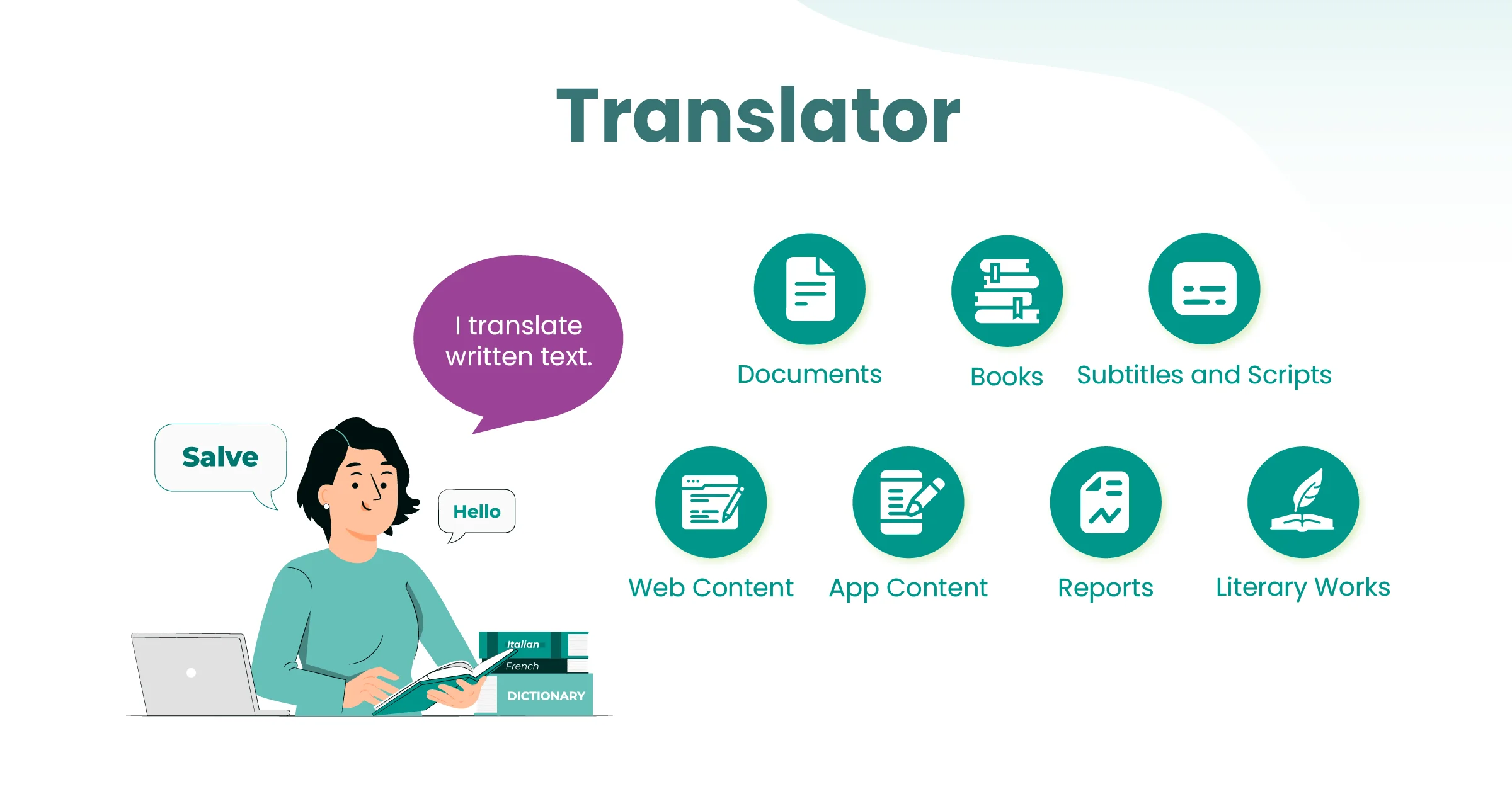
What Does an Interpreter Do?
1. Interpreters Work with Spoken Language
Interpreting services, on the other hand, focus on spoken language for real-time verbal communication between parties speaking different languages. They listen to the speaker in one language, then orally convey the message from the source to the target language to facilitate communication.
2. Types of Interpretation
- Simultaneous interpreting: The interpreter provides real-time interpretation in the target language while an individual is speaking in the source language. It is commonly used in settings, such as international summits, press conferences, court proceedings, television news broadcasts, and sessions at the United Nations (UN).
- Consecutive interpreting: The interpreter listens to several complete sentences in the source language, understanding the context, before the speaker pauses, and then conveys the message in the target language. Settings for consecutive interpreting involve small meetings, legal settings, physician-patient encounters, and attorney-client interviews.
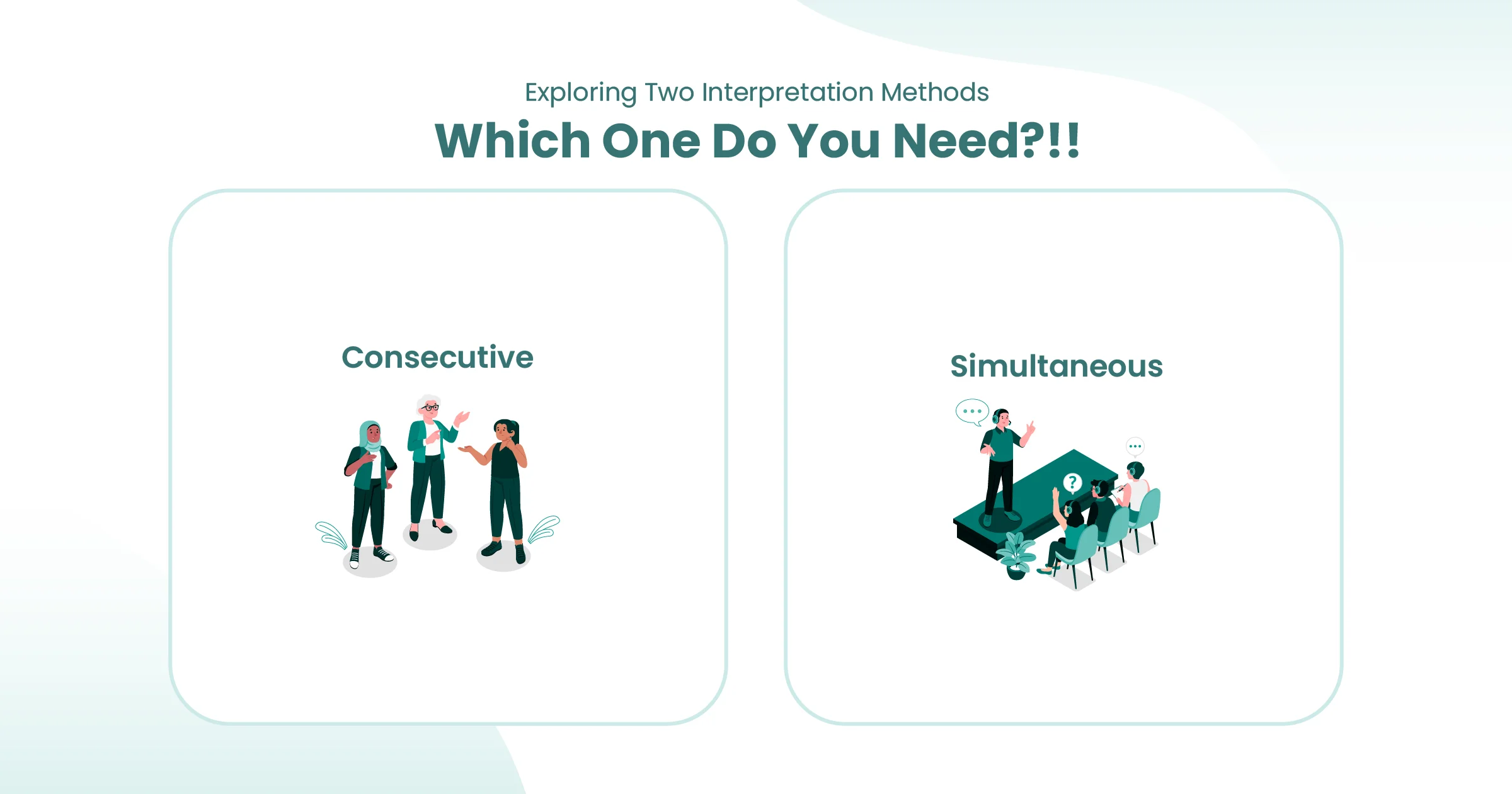
Exploring Two Interpretation Methods
Which One Do You Need?!!
Consecutive
| Simultaneous
|
3. Focus on Understanding the Context
While accuracy is important to interpreters, they prioritize conveying the speaker’s meaning and intent in speeches, conversations, Q&A sessions, and other oral communications. Their role often involves understanding the context to guarantee an effective connection with the target audience.
4. Bi-Directional Communication
Interpreters convey spoken conversations between two languages, switching back and forth between the source language and the target language. This requires them to be equally fluent in the cultural and contextual nuances of both languages to properly communicate the intended message.
5. Verbal and Nonverbal Communication
Interpreters don’t just focus on words; they also pay attention to non-verbal communication cues, such as tone, voice inflection, gestures, facial expressions, and body language to ensure the speaker’s message is precisely conveyed.
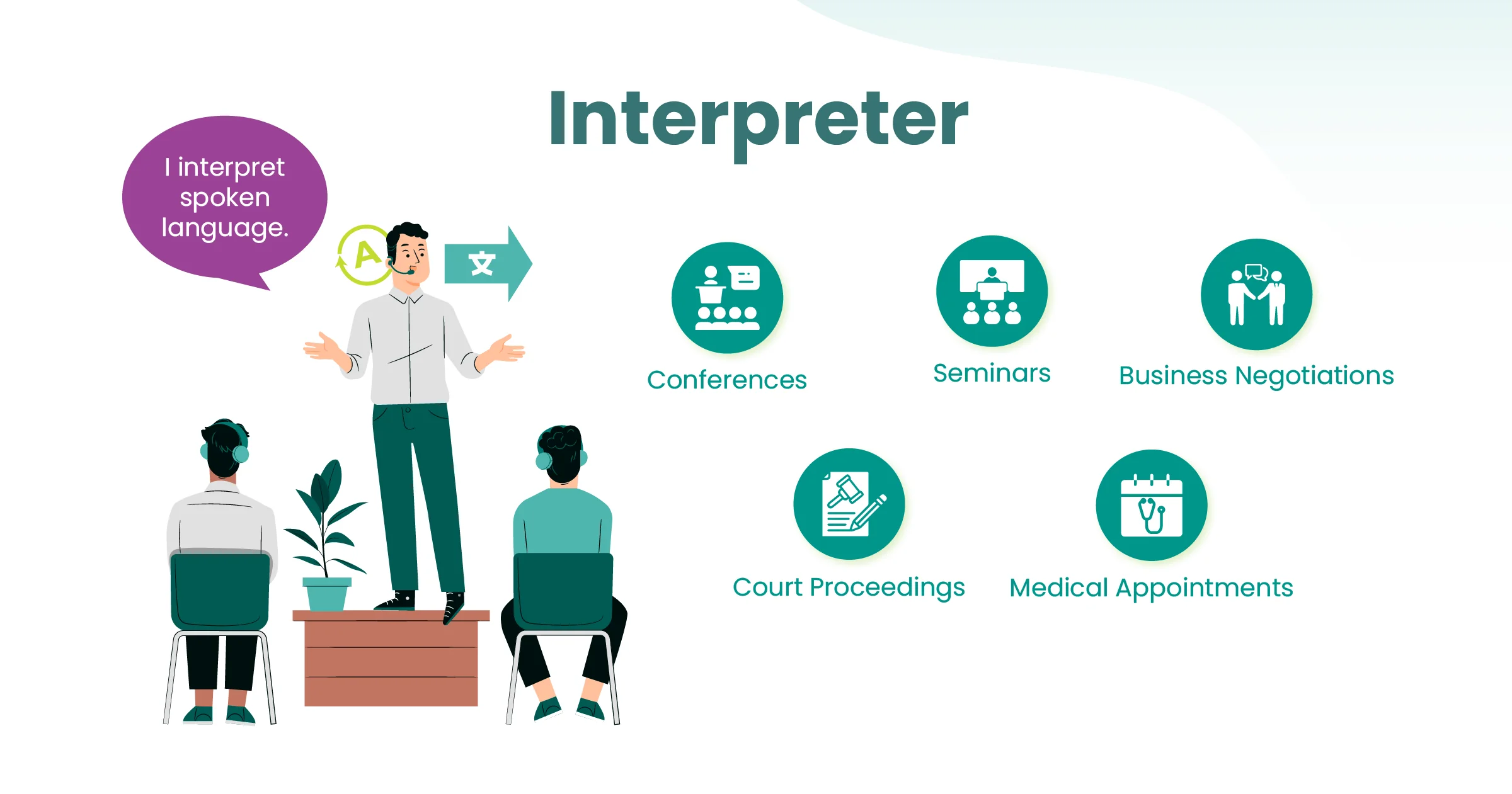
Key Differences: A Side-by-Side Comparison
| Feature | Translator | Interpreter |
| Medium | Written text | Spoken language |
| Delivery | Delayed, focuses on accuracy | Real-time, focuses on immediate understanding |
| Direction | Typically one-directional (into native language) | Often bi-directional |
| Tools | CAT tools, translation memory, machine translation | Headsets and microphones |
| Skills | Writing, editing, and terminology management | Listening comprehension, public speaking, and quick thinking |
| Target Audience | Readers | Listeners |
Which Language Professional Do You Need?
The choice between translators and interpreters depends on your requirements. If you need to translate written content, such as website content, documents or software, you should go for translation services. However, if you want to facilitate verbal communication during a live event, conference, or meeting, expert interpreting services are ideal.
Some projects may require both translation and interpretation services. For example, a multinational event might entail translating written documents, while interpreting services would be needed for real-time verbal communication during speeches and discussions.
So, a language services provider can help you make an informed decision about the most suitable solution for your business, whether you need a language professional for real-time communication or written text.
TransPalm: Your Trusted Partner for Translation and Interpretation Services
Whether it’s written content or real-time communication, choosing the right service is key to delivering your message effectively. At TransPalm, we offer translation and interpretation solutions that ensure your message resonates and is understood in all languages. Contact us today to discover how we can help with your global communications needs!
